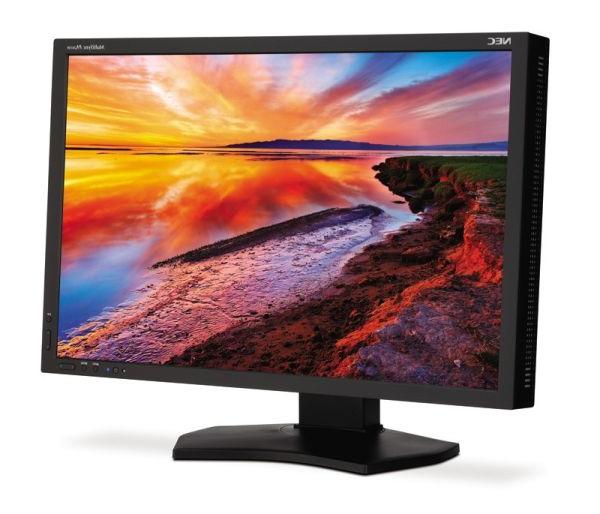A monitor for a designer, photographer or specialist in the field of printing should have the best display properties of graphic information. Choosing such a device, you need to pay attention to several basic parameters in order to make the right decision and acquire the right tool to perform high quality work.

First, when buying a professional monitor, you need to know about the importance of such a feature as a matrix. This is the basis of the device. The matrix implements the properties of color reproduction, their contrast and display brightness, so this parameter is very important for artists and digital developers. Unlike conventional Twisted Nematic devices, the monitor for the designer should be equipped with an In-Plane Switching or IPS matrix. This type of matrix is considered professional and is distinguished by properties such as deep color reproduction, wide viewing angles and richness of black. In the most modern versions, the disadvantages associated with low contrast and speed have been eliminated. The best monitor for a designer is a monitor based on a P-IPS matrix. But, when we choose a monitor of this level, we should be prepared for its high price. A significant advantage of such a device will also be the ability to adjust the balance of all important parameters.

The next parameter that needs to be carefully analyzed is the dimensions and surface of the screen itself. In this area, the main evaluation criterion is the aspect ratio of the display sides. The best solution for a specialist will be a widescreen monitor with a diagonal of 27 inches. In this case, the ratio of the length and width of the screen will be 16: 9. This option will be ideal for organizing the most comfortable workspace of a graphic editor. Speaking about the surface of the display, we mean the choice between gloss and dullness, the secret is that, despite the high level of brightness and contrast of a glossy monitor, only a matte type of coating is suitable for professional graphics work. The advantage of this type is the absence of glare and reflections that will interfere with the perception of graphical information in the process.
Often, the profession of a designer makes him spend several hours in front of the monitor. And this means that the work process should not bore and cause discomfort. Therefore, the monitor for the designer should be a device that can be easily adjusted, rotated and tilted at different angles. Thus, when choosing, you need to pay great attention to the stand and rotation mechanisms. The high level of ergonomics of the monitor menu interfaces will also be important. Adjusting the settings should not take much time. An additional advantage will also be the ability to change operating modes: portrait, landscape, etc.
Fortunately, the modern market offers a wide range of models even for professional designers, which means that making the right choice will not be so difficult.